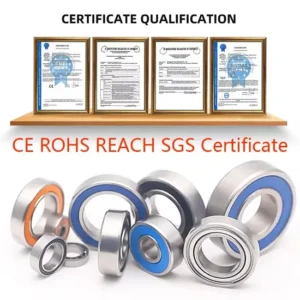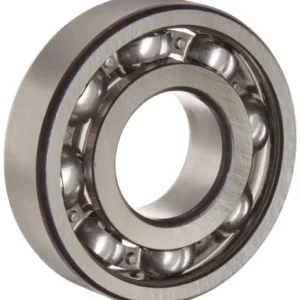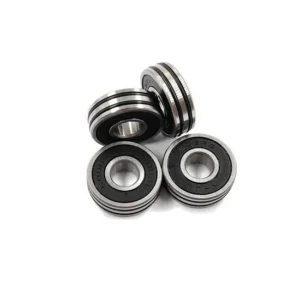135x3 Ball Bearing Ultimate Guide: Performance, Installation, and Maintenance Tips for Industrial Use
This comprehensive guide provides an in-depth analysis of the 135x3 ball bearing, focusing on its performance, installation, and maintenance for industrial applications. By understanding the key aspects of this ball bearing, users can ensure optimal performance and longevity in their industrial machinery.
1. Product Parameters
The 135x3 ball bearing is a precision-engineered component designed for high-load and high-speed applications. It features an inner diameter of 35mm, an outer diameter of 63mm, and a width of 17mm. The bearing is available in both single-row and double-row configurations, offering flexibility in design and installation.
| Parameter |
Value |
| Inner Diameter (mm) |
35 |
| Outer Diameter (mm) |
63 |
| Width (mm) |
17 |
2. Usage Scenarios
The 135x3 ball bearing is widely used in various industrial applications, including but not limited to:
- Machine tools: The bearing's high load capacity and precision make it suitable for use in machine tools such as lathes, milling machines, and grinding machines.
- Automotive industry: The bearing is used in automotive applications such as powertrains, steering systems, and suspension systems.
- Food processing: The bearing's food-grade materials and corrosion resistance make it ideal for use in food processing machinery.
3. Use Cases
Here are two real-life use cases of the 135x3 ball bearing:
- Case 1: Machine Tool Manufacturer
- Company A, a leading machine tool manufacturer, uses the 135x3 ball bearing in their CNC lathes. The bearing's high load capacity and precision contribute to the smooth operation of the lathes, ensuring accurate and efficient machining.
- Case 2: Automotive Component Supplier
- Company B, an automotive component supplier, incorporates the 135x3 ball bearing in their steering systems. The bearing's durability and resistance to vibration ensure reliable performance and extended service life.
4. Solutions
When using the 135x3 ball bearing in industrial applications, it is essential to consider the following solutions:
- Proper Installation: Ensure that the bearing is correctly installed in the housing to prevent misalignment and excessive clearance.
- Regular Maintenance: Perform regular maintenance checks to identify any signs of wear or damage, and replace the bearing as needed.
- Seal Selection: Choose the appropriate seal for the bearing based on the operating conditions, such as temperature, humidity, and contamination levels.
5. Performance Tips
Here are some tips to optimize the performance of the 135x3 ball bearing:
- Load Distribution: Ensure that the load is evenly distributed across the bearing to prevent premature wear.
- Operating Temperature: Maintain the operating temperature within the recommended range to prevent overheating and damage to the bearing.
- Grease Selection: Use the appropriate grease for the bearing based on the operating conditions and environmental factors.
6. Installation and Maintenance Tips
When installing and maintaining the 135x3 ball bearing, consider the following tips:
- Installation: Use the correct installation tools and techniques to avoid damaging the bearing or the housing.
- Maintenance: Regularly inspect the bearing for signs of wear, damage, or misalignment. Replace the bearing as needed to ensure optimal performance.
- Storage: Store the bearing in a clean, dry environment to prevent contamination and damage.
Conclusion
The 135x3 ball bearing is a versatile and reliable component for industrial applications. By understanding its performance, installation, and maintenance requirements, users can ensure optimal performance and longevity in their machinery. For more information and assistance, please contact us at info@vivalr.com or (86) 15866781826.
Keywords
135x3 ball bearing, industrial use, performance, installation, maintenance, machine tools, automotive industry, food processing




